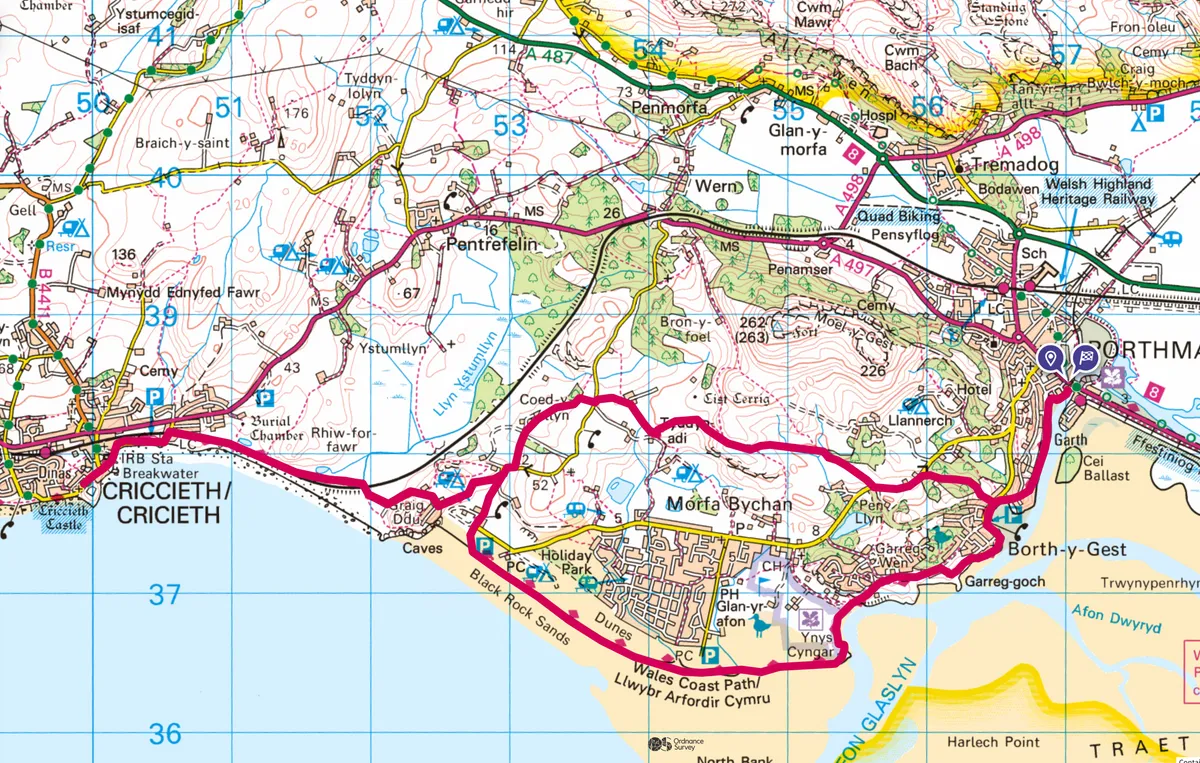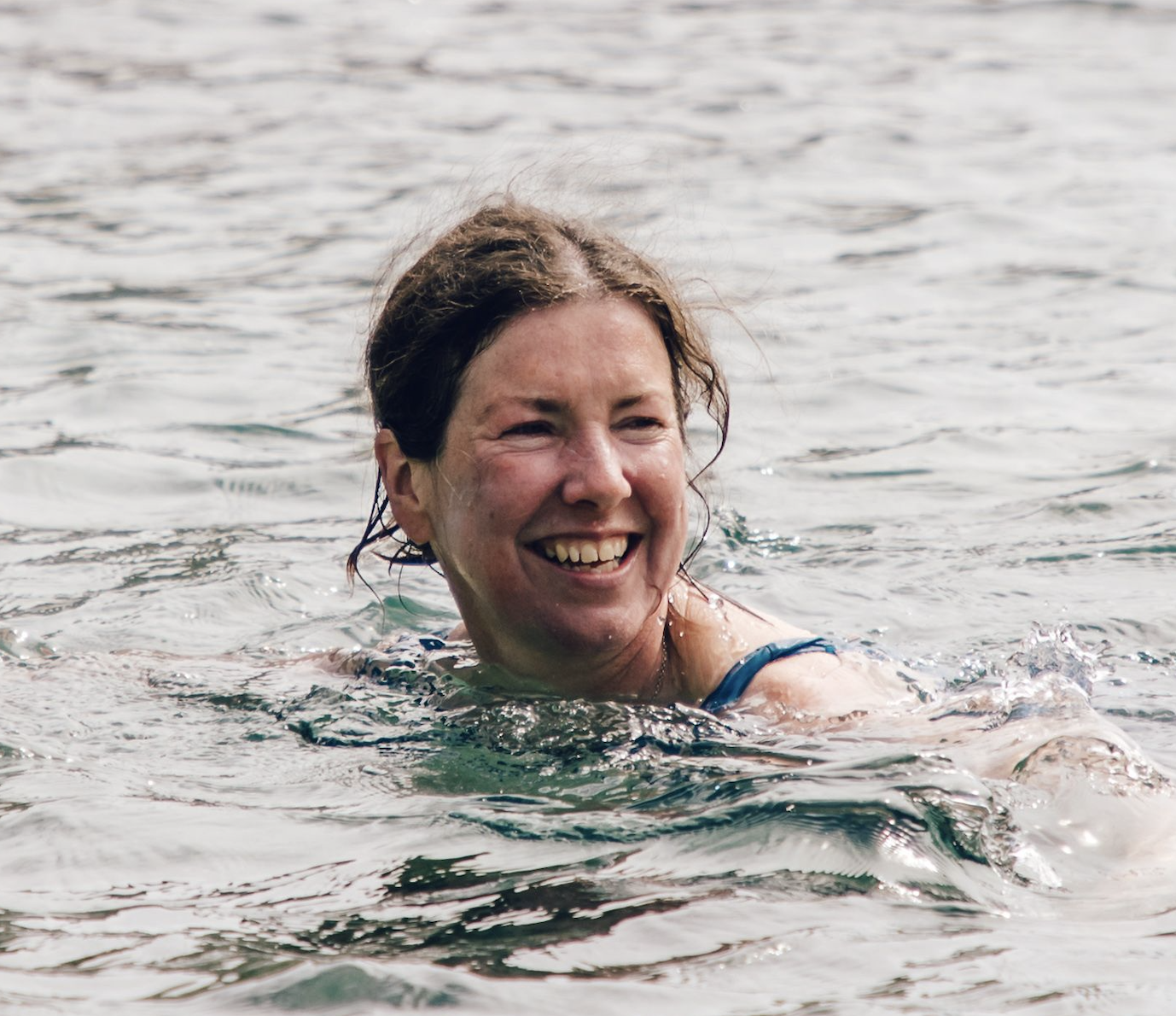Wales is west-facing and sunset embracing. From the coastal headlands and clifftops of Ynys Môn (Anglesey) and Sir Benfro (Pembrokeshire) to the marshes of Cors Fochno (Borth Bog), the estuaries of Sir Caerfyrddin (Carmarthenshire) and a multitude of beaches and coves, Welsh sunsets can be gorgeously apocalyptic.
This walk is an excellent one for gently lyrical winter light – although it's a rewarding walk no matter you time of year it is.
Leaving Porthmadog for dreamy Borth-y-Gest, you discover secretive coves in the Dwyryd Estuary before the sandy headland at Morfa Bychan and long beach of Craig Ddu (Black Rock) lead you to charismatic Criccieth. An inland return to Borth-y-Gest allows you to linger there in the last of the light.
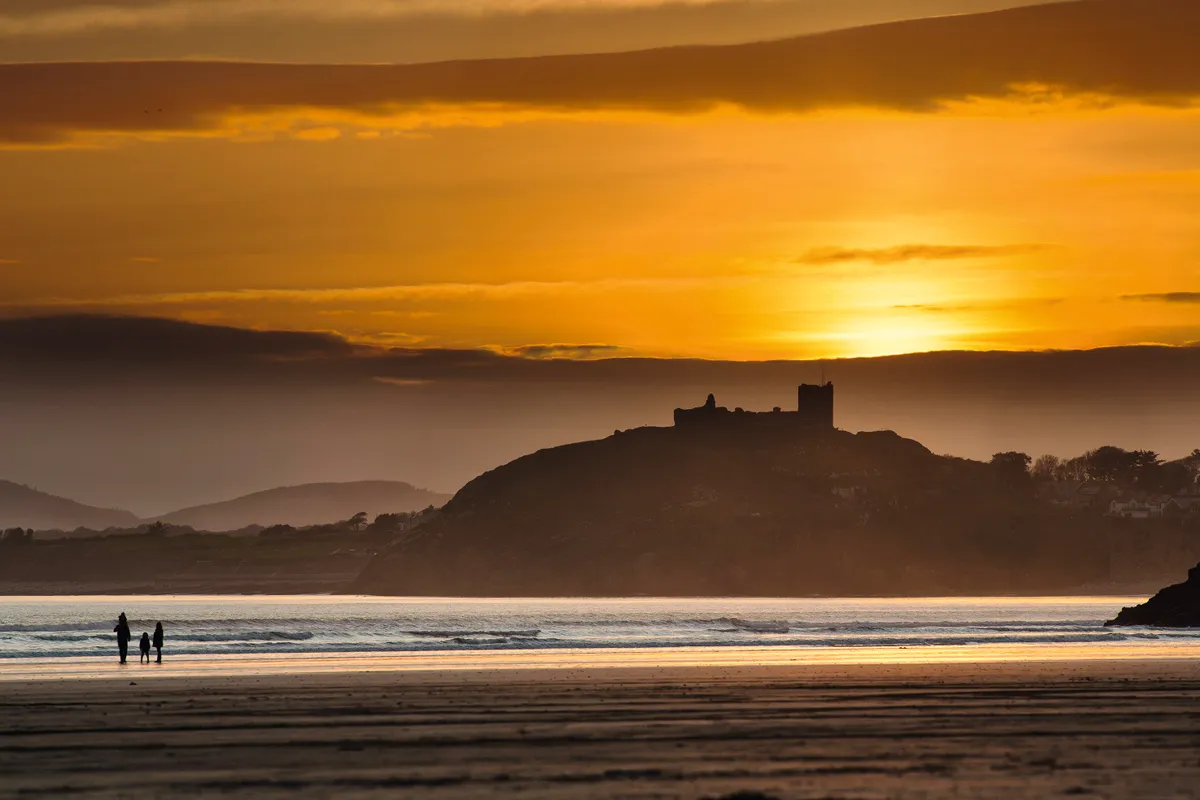
Porthmadog to Criccieth walk
11.8miles/19km | 5–6 hours | moderate
1. Sailing start
When William Madocks noticed that Afon Glaslyn – re-routed by his Cob embankment – had scoured a deep enough channel for shipping, he built Porthmadog Harbour around it. Slate was exported from here by some thousand ships a year. Now just a few yachts and rowboats sway. From the Maritime Museum in the town centre, follow the Wales Coast Path south to Borth-y-Gest.
2. Cove town
Borth-y-Gest surrounds a cove textured by marsh grass, mottled mud, sandflats and shingle. Wooden skiffs rest on the mud. Across the glassy water, the Portmeirion headland is clear. Lights around the Coffee Lounge bistro invite you to a table overlooking this most restful of scenes. It’s hard to imagine that Borth-y-Gest was once an industrious boat-building port.
Keep loosely to the coast path, wending through sea buckthorn, sycamore and broom, but venture on to narrower paths for the most secretive beaches. Here are lichened rocks and yellow sand, and scribbles of shells left by the gentlest of shore-lap.
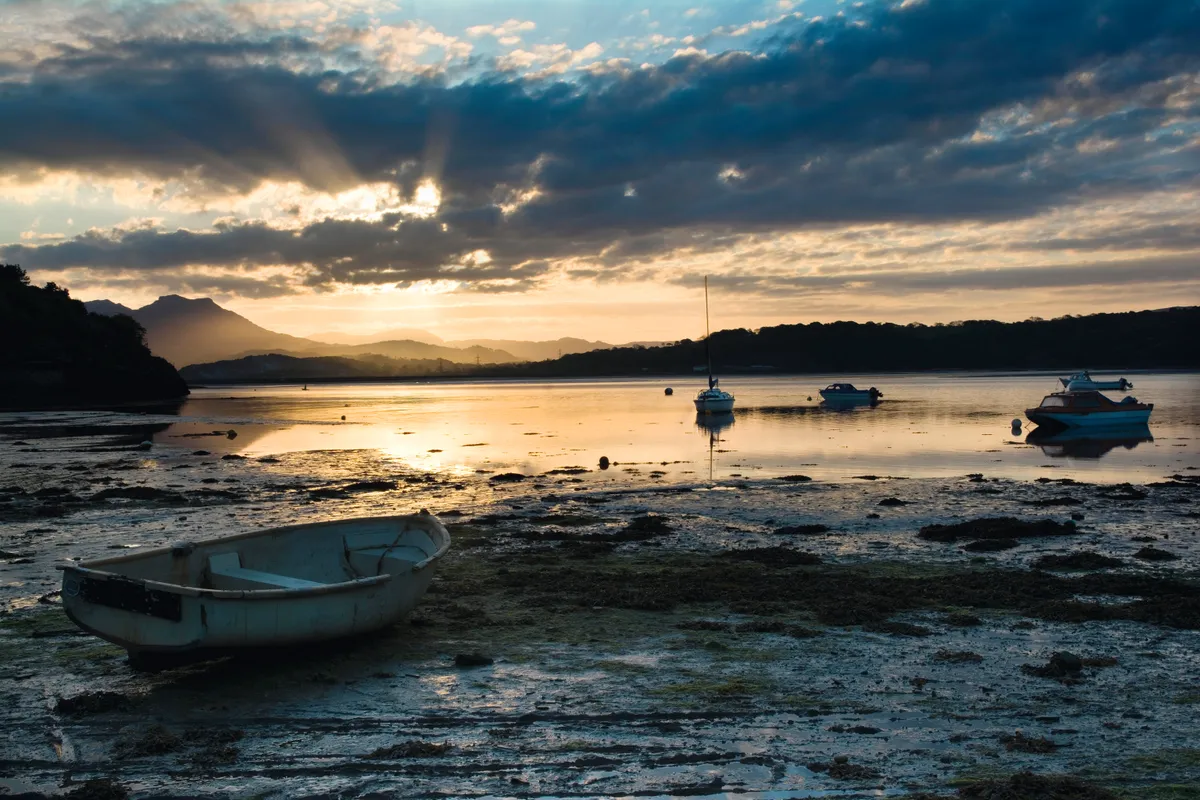
3. Headland heights
The scrubby passerine-rich headland of Ynys Cyngar has a powder house at the point, where gunpowder brought by ships for the inland slate quarries was stored. Purple craggy Moel-y-Gest is now visible with a mountain backdrop. Veer right and head for Craig Ddu.
The character of the walk changes, having left the poetic estuary. Now you stride along firm winter sand. The open sea is louder. Waves leave razor-shells and sea spaghetti, while sea rocket grows near the dunes. Cars are allowed at the far end, which is where the coast path turns right.
You may also like:
4. Railway ramble
The coast path takes you over the headland, through farmland and across the railway to Criccieth. But if the tide is very low (check tide tables – it comes in fast), you can walk around the promontory, riddled with sea caves, and to Criccieth along its stony beach. The seaside town has a castle, abundant charm and refreshment – I’m particularly fond of Blue China Tearoom and Cadwaladers.
5. Spoilt for choice
To return to Porthmadog, you have options – the same way back being my favourite. Alternatively, the train will carry you in comfort, or a vigorous hike will take you over craggy Moel-y-Gest. Meanwhile, this route returns you to Borth-y-Gest over a lowlier summit.
Return by coast path over the headland and, just beyond the entrance to Porthyrhirfaen Farm, turn left into fields.
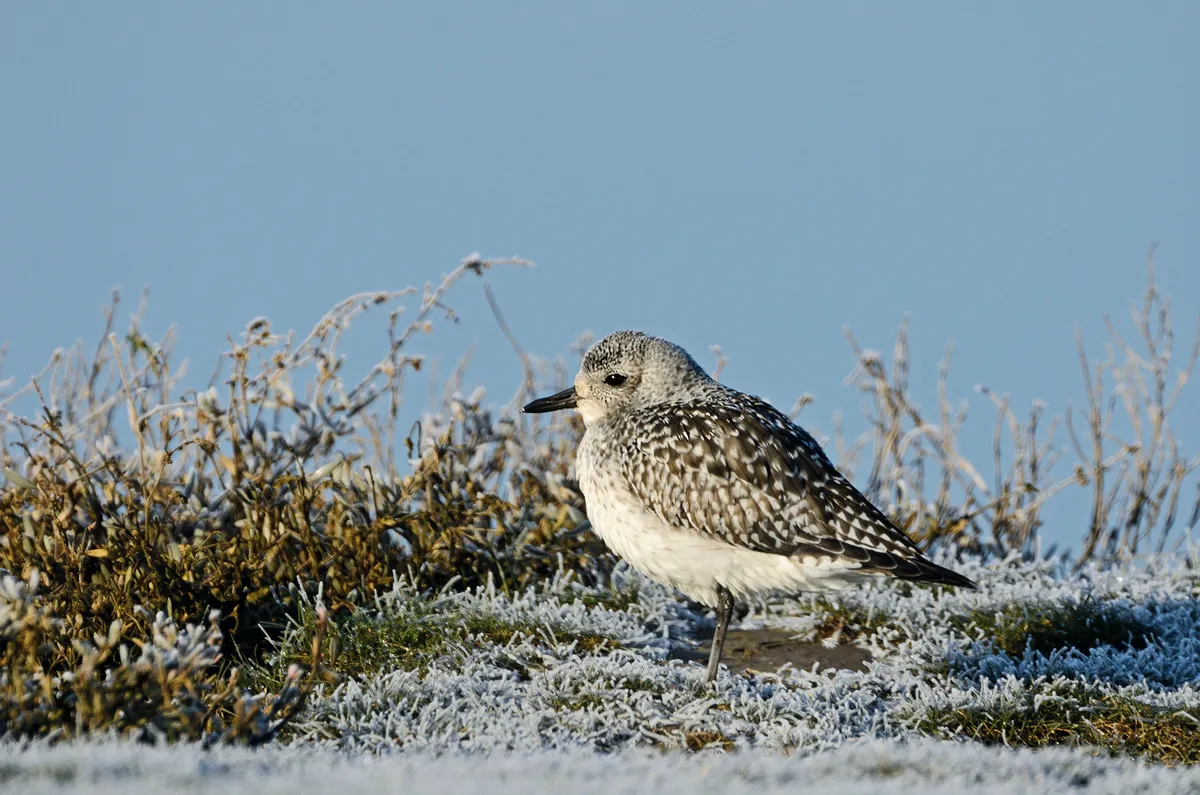
6. Arable amble
The path is waymarked but little-walked, so pay attention to the map. At the road, follow the track to Tŷ Mawr, alert for goldfinches, then bear right around sheds into fields. Keep left, following partially concealed stiles and waymarks to and through Tyddyn Adi. Cross fields overlooked by Moel-y-Gest to a gap in the wall on the low hill ahead.
7. Winter hills
The path over the brackened hill is easy going, with fabulous views of Moel-y-Gest and brief glimpses of sea. Continue past the pink cottage of Tyn-y-Mynydd to the road, then turn left.
8. Final reserve
After a short while, turn right into Parc y Borth Nature Reserve. The mixed oak woodlands are darkening now but as you emerge at Borth-y-Gest, the trees frame a vignette of lingering light, reflected back by the sea.
Porthmadog to Criccieth map
Porthmadog to Criccieth walking route and map
